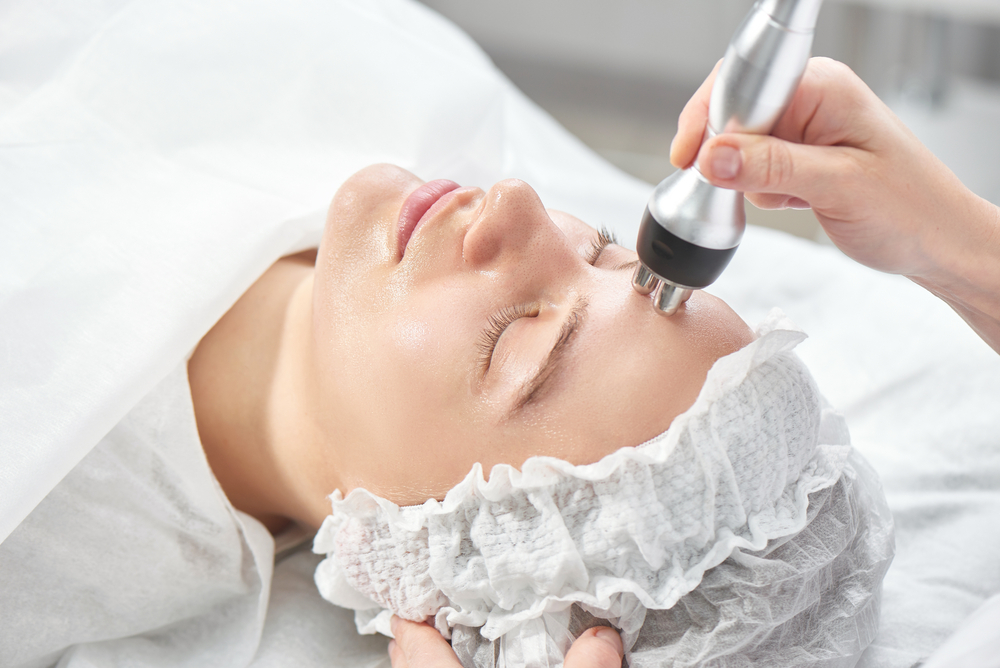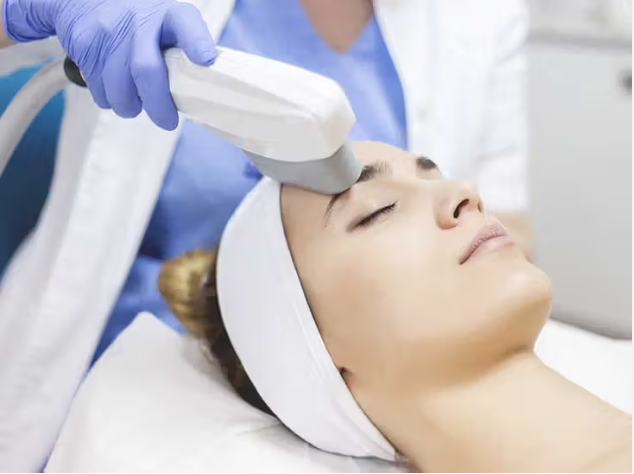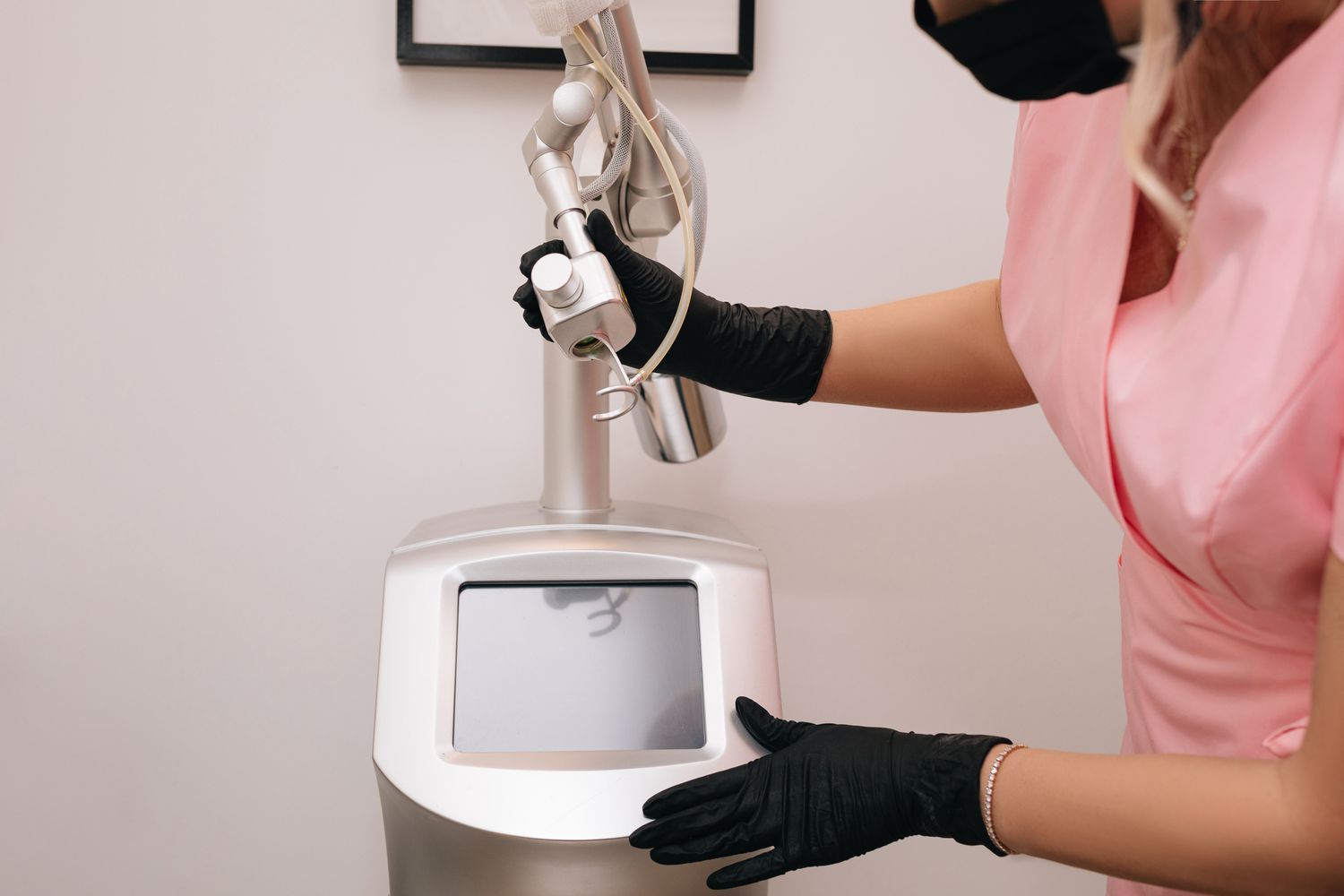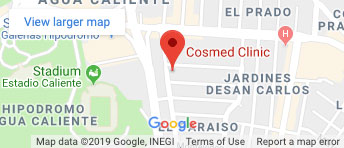What exactly is PRP?
PRP stands for Platelet-Rich plasma. This therapy is a revolutionary cosmetic treatment that involves a type of regenerative medicine that uses your own platelets to rejuvenate the skin.
Platelets are blood cells whose primary purpose is to stop bleeding and repair damaged blood vessels and cells in the body. Platelets also contain substances called “growth factors” that activate and rejuvenate cells in our body. PRP uses the patient’s natural biology to address skin defects – unlike fillers, which use various synthetic substances. This quickly triggers the production of new cells and the formation of collagen when combined with Fraxel. PRP builds tissue over time, whereas traditional filler breaks down over time.
Who is a candidate for PRP Therapy?
Anyone who is looking for a natural approach to reducing fine facial lines and making subtle textural changes to their skin is a perfect candidate. PRP can even be used on people who have had previous work done such as dermal fillers, Botox injections, laser surgery and/or facial surgery.
What are the Benefits from PRP?
Time is definitely one of the benefits of PRP. This rejuvenation process is a quick 20-minute procedure. In addition, PRP offers anti-aging and regenerative benefits that help repair as well as regenerate damaged skin, slowing down the signs of aging. This cosmetic treatment is used in order to:
- Reduce fine lines and wrinkles
- Tighten and tone skin
- To treat mild collagen
- Repair Crow’s feet
- Reduce acne scarring
What does the procedure consist of?
PRP is a mildy-invasive cosmetic treatment administered by a board certified plastic surgeon. After 50 cc of blood is drawn from the patient, it’s spun down in a centrifuge for 6 minutes at a predetermined speed. This is done to retrieve platelet rich plasma and platelet poor plasma, which have various growth factors helping induce the natural repair systems in the body. After centrifugation, the platelet and fibrin component of the blood (the top layer) is extracted and re-injected into the targeted area.
What are the risks?
Since this filler is made from the patient’s own blood, there is no risk or side effects for rejection or an allergic reaction.





